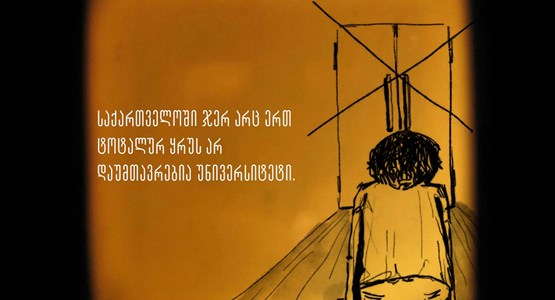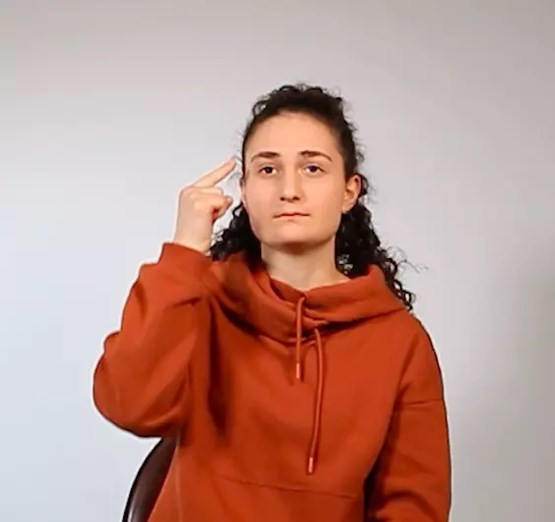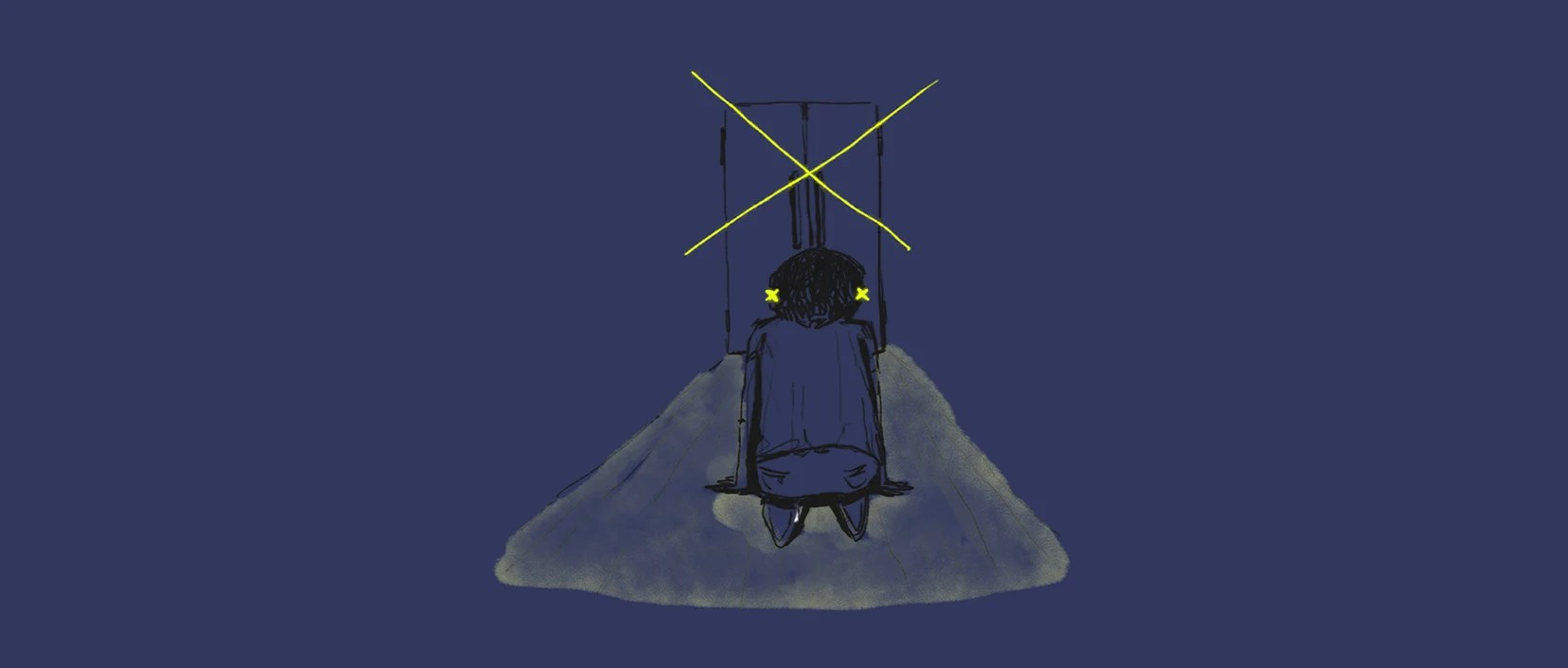
Why Lizi will never be a doctor
26.01.2023 | 8 Min to readAs soon as the light bulbs start shimmering in classrooms, the door opens, and children pour out into the corridors. On the 1st floor of the Public School #203 in Tbilisi, Georgia one of the walls of the vast hall reads in sign language: “Congratulations on graduating.”
Presently, almost 300 deaf and hearing-impaired children attend two specialized schools in Tbilisi and Kutaisi, while about 2,700 adults with hearing issues are registered in the country. Most of these adults are middle school graduates, but no person with profound deafness in Georgia has a higher education.
“I always wanted to pursue medicine. But I know that I will never become a doctor,” 11th-grader Lizi Tsankashvili explains.
“I’ll have to lead the same path as all deaf people lead in general. I will enroll in some vocational school and learn one trade or another. I don’t know which one yet. I don’t really like any of them, though.”
At this point, not a single school of higher education is adopted to the needs of deaf and hearing-impaired persons. The background of this story is as follows:
Sign language was banned from the educational space of the Soviet Union. It was employed for communication only within the community. Curiously, this ban had no scientific grounds whatsoever. The truth is that medics in the 20th century stubbornly argued that a deaf child could learn speech, and that sign language only stood in the way. Consequently, whole generations would be brought up in schools with deaf and hearing-impaired children reading teachers’ lips as the last resort to understand what they were saying. “It’s impossible to grasp any language or subject using this method. Everyone turned a blind eye to this in the past,” the President of the Union of the Deaf of Georgia, Maya Metonidze, expounds. Unable to break the cycle of inertia from the past, many parents still reject the notion of teaching sign language, Maya Metonidze continues. “When preparing children for a cochlear implant surgery, or starting to use a hearing aid, our surgeons advise against sign language, which is a mistake,” Maya Metonidze says. “Failure to teach sign language on time entails cognitive developmental delays in children. And you cannot let that happen.”
In our contemporary world, hearing impairments are detected as early as infancy. Specialists explain to families what being deaf is about, and the state, above all else, offers free sign language courses. Parents also learn sign language to be able to communicate with their children. Family is the main space of learning—it is in interaction with parents that children learn the meanings of things and notions, the names of events, actions.
Usually, children with unimpaired hearing perceive words as sets of sounds. But, for deaf and hearing-impaired children, words are signs, while sounds are dactyls.
A dactyl is a hand gesture representing a letter. For deaf and hearing-impaired children, sign language is the first language they use for assigning corresponding names to notions and objects. Without knowing this language, it is nearly unimaginable for a child to learn any other tongue, including the national language.
Children with hearing impairments perceive the speech of others as mutterings, explaining why they become irritated when someone starts speaking in a low voice. They also find it difficult to tell sounds coming from afar or behind. When communicating, they must be able to have a clear view of other people’s lips, the reason why they have trouble understanding others over the phone or in crowded settings. Such obstacles are a frequent reason why deaf and hearing-impaired persons avoid large gatherings and steer away from their peers with no hearing issues. “Sometimes, I don’t even know what to say when they ask me: ‘What kind of sounds do you hear?’” sign language teacher Leke Japoshvili translates for us a conversation between 12th-graders Nato Bakurashvili and Lizi Tsankashvili: “I get angry when they scream behind my back to check if I can really hear them. People with unimpaired hearing think that we do everything without sounds. They seem surprised to see us laugh loudly…. Still, we prefer to hang around deaf people,” Nato continues. “That’s when we feel the freest. And we’re not really used to interacting with hearing people. It throws both them and us off.”
A Textbook of Sign Language (2012) by Tamar Makharoblidze is the first work in Georgia to explore sign language from a variety of angles. First and foremost, it explains that a word has two external components: sound and visual/grapheme (writing) aspects. Any speech must have at least one of the two. Naturally, sign language is missing the sound aspect, leaving it only with the visual component. Consequently, thinking is the driving force behind sign language. And, if the linguistic system of sound speech is underpinned by a sound or a letter, the sign system rests on movement or sig.
Since sign language is not a sound-based language, it does not have phonemes either. Sign languages operate only on a movement level, so a gesture—that is, a word, phrase, or sentence—is broken down to movements, not phonemes. Movement, for its part, consists of mimetic and chereme aspects.
Mimicking stands for facial expressions, and chereme—a Greek term deriving from the word meaning hand—designates hand movements. Intonation in sign language is expressed through mimicking, while in speech, sound and mimic come together to define intonation. For example, a simple affirmative sentence like a man came may be pronounced with irony or, the other way around, with excitement. In sign language, this intonation or mood, attitude can only be expressed through mimic.
“The components of gesture were defined by Professor William Stokoe of Gallaudet University in the 1960s-1970s. He classified gesture as a phonemic-level unit characterized by the components listed above” (A Textbook of Sign Language, 2012). This marked a revolutionary turning point heralding the advent of a new era in the history of sign language studies. Stokoe proved that sign languages are independent, self-sufficient. He also invented a written notation system for gestures.
A word-gesture may come in three forms:
Expressed only with gesture (for example, man, woman)
Expressed with gesture and one dactyl (for example, Europe: E + gesture, Asia: A + gesture)
Expressed with gesture and several dactyls (for example, Ocean: OC + gesture).
Equally important in sign languages are the softness and elasticity of gesture, much like euphony in spoken languages.
Sign language rejects expansion through lexical borrowing and barbarisms.
As a rule, deaf persons are bilingual, sign language being the first, and the second being the spoken language they use to write, read, and watch movies or TV shows with subtitles.
Georgian sign language emerged from Russian, the lingua franca of the Soviet period, explaining why its alphabet and lexis still betray signs of Russian linguistic influence. In fact, we are talking about a Soviet sign language still used in the former republics. “However, the nationalization of sign languages is already underway. The grammatical layers of sign language are more or less free of Russian influence and lexical borrowings. For example, a whole set of sentences in Georgian sign language repeat sequences of words from Georgian speech” (A Textbook of Sign Language, 2012).
“We usually watch Russian YouTube channels in sign language,” Lizi tells us. “Georgian content is few and far between. We learn the news mostly from Facebook pages for deaf persons.” Lizi lives with her two brothers and parents. All her family belongs to the deaf community, so they have been communicating with her in sign language since infancy. Nato, on the other hand, was raised by her grandmother, a person with no hearing issues. Grandmother never learned sign language, so they invented “their own language” for communication with Nato. “I can understand a lot by reading grandma’s lips, but not everything,” Nato says. “I was in 5th grade when I transferred to the boarding school in Tbilisi, and that’s when I started learning sign language.”
Nonetheless, according to Lizi, Nato was quick to master a new language. The girls admit that developing reading and writing skills among their peers is the most challenging part. And it takes a specific methodology to teach and hone these skills. The authors of a study conducted in 2012 say that hearing loss may damage the ability to speak, perceive, and understand among children. This is why it is important for teachers working with hearing-impaired children to understand the mechanism of literacy delays, because every other component of communication—such as writing, narrating, listening—depends on the level of development of reading skills.
Deaf persons cannot perceive syllables, because they cannot hear sounds, explaining why children read letters separately at first and only then put them together into words. If children with unimpaired hearing transform written words into spoken words by linking sounds to particular letters, deaf students go through the following process: the graphic representation of a words must be first linked to a gesture in sign language—this is done in order to remember its meaning—and then words are broken down, with each letter tied to a corresponding dactyl. Next, this combination of letters is remembered as a graphical image of the given notion. This shows that the process of writing and reading is totally different with deaf and hearing-impaired persons.
Add to that the fact that sign language was officially recognized in Georgia as late as 2020. Sign language was first put to use in the educational process in 2014. Unsurprisingly, then, most deaf and hearing-impaired people in Georgia are not fully versed in writing and reading in the Georgian language.
“At first, we learn language. Then we go to school and learn how to write and read in the language we know. But deaf and hearing-impaired children not acquainted with sign language since infancy enroll in school without knowing any language,” Maya Metonidze says. “Often, parents realize that their children have hearing issues only after taking them to school. Or, enroll them in specialized schools for the first time when they are as old as 12 or 13, that is, when underdevelopment is at an advanced stage—because the development of cognitive skills requires communication, while communication for its part calls for language.”
Neither the specialized school nor the Union of the Deaf can tell how many years it will take for the extremely limited window of opportunity to open up for deaf children, or when any university and, accordingly, vocation of their dreams may be accessible to them.
This problem is multilayered. Maya Metonidze believes that, first and foremost, there must be continuous, uninterrupted free sign language learning courses available to parents with deaf and hearing-impaired children. Presently, free courses are announced only periodically. For example, as this article is being written, October and November 2022, no such courses are offered. “We’re in urgent need of an early intervention program, so that children may learn sign language in day care and kindergarten.” In legal terms, the absence of such programs stands for violating children’s constitutional rights, because in this way they are deprived of an opportunity for healthy development. Thus, they are forced to grow up in an environment where neither their parents not day-care or kindergarten teachers can speak sign language.
Recently, Lizi and Nato took a keen interest in photography. They see it as their window enabling them to master a profession informally. They also want to change things so that “children after us may be able to do what they want to do with all their hearts.”
We Recommend
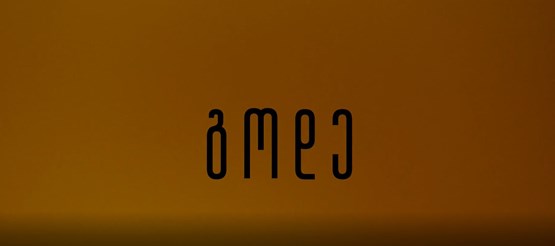
Can you hear the wall? | GODE
10.10.2019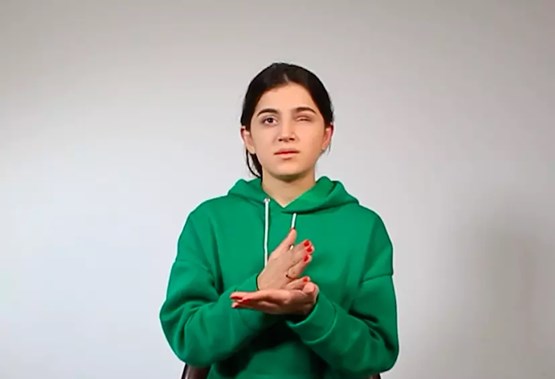
My steps | Nato Bekurashvili's photo project
28.12.2022